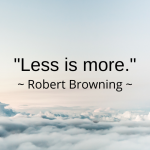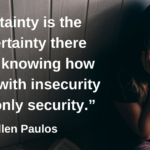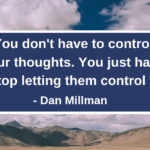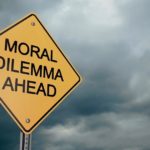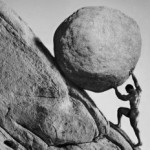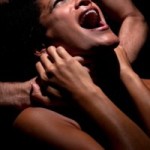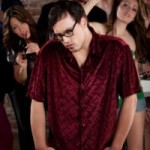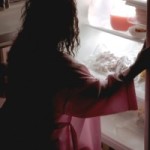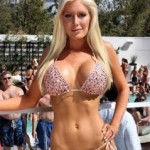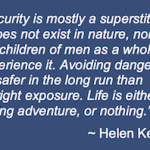This is part one of a two part series on anxiety disorders in sports.
This past week marked the arrival of the 2010 Major League baseball season. And as with last year, this season already has three developing stories of athletes dealing with Social Anxiety.
During the 2009 season, infielder Khalil Greene, then of the St. Louis Cardinals, missed 46 games during two stretches on the disabled list due to Social Anxiety. During the off-season, Greene signed a one-year contract worth $750,000 with the Texas Rangers. Unfortunately, Greene’s Social Anxiety continues to be a significant issue, and reportedly was the reason for his failure to report to spring training camp in Arizona. As a result, the Rangers have voided his contract, though they reportedly are leaving the door open for him to return to the team.
Meanwhile, an apparently happier story is unfolding in Detroit, where former all star and rookie of the year Dontrelle Willis is attempting to make a comeback. After a 2009 season in which he too had a couple of stints on the disabled list due to Social Anxiety, Willis appeared strong in his first start of the season last Thursday. After struggling in the first inning, during which he walked two batters, he went on to complete six innings in the Tigers 7-3 victory over the Kansas City Royals.
Of course, Kansas City is the baseball home of Zack Greinke, last season’s big Social Anxiety story. Even casual baseball fans were delighted by his spectacular turnaround in 2009. After nearly abandoning baseball in 2006 due to his Social Anxiety, Greinke went 16-8 in 2009, with a 2.16 ERA. He then spent his off-season collecting the 2009 Cy Young award and marrying Emily Kuchar, a former Miss Daytona Beach and Dallas Cowboy cheerleader. In two starts thus far in 2010, he is 0-1, with a 3.55 ERA.
All of this points to the ongoing issue of how baseball and other professional sports have never taken the issue of mental health very seriously. It seems that teams (and fans) expect players to have an innate ability to withstand the huge pressures of performing at the professional level.
As we noted here previously (July 2, 2009), huge salaries and 24 hour-a-day sports coverage on cable channels are stressors that athletes in previous generations didn’t have. Another factor may be that many baseball players (and other athletes) turn pro at a very young age, and as such, don’t have the opportunity to fully develop emotionally before suddenly being faced with the pressures of professional sports.
For more on this topic, I strongly recommend Roy Johnson’s op-ed piece that ran last week on the ESPN website in which he notes that “baseball and other sports must learn to do as good a job of diagnosing and treating “mind” injuries as they do when the body breaks down”. Let’s hope leagues and owners are listening.
Next week – anxiety disorders in other sports.
•Tom Corboy, MFT, is the director of the OCD Center of Los Angeles, a private, outpatient clinic specializing in Cognitive-Behavioral Therapy (CBT) for the treatment of Obsessive-Compulsive Disorder (OCD) and related conditions, including Social Anxiety. In addition to individual therapy, the center offers six weekly therapy groups, as well as online therapy, telephone therapy, and intensive outpatient treatment. To contact the OCD Center of Los Angeles, click here.












